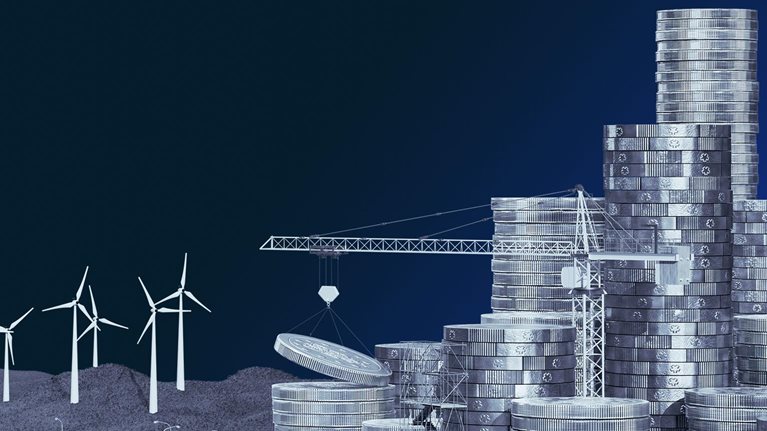The global balance sheet takes stock of the wealth and health of the global economy, looking at the assets and liabilities of households, corporations, governments, and financial institutions. For nearly three decades, the global balance sheet continuously grew faster than GDP, as described in MGI’s 2021 report The rise and rise of the global balance sheet: How productively are we using our wealth? This growth then accelerated sharply in the intense first two years of the COVID-19 pandemic. However, in 2022, early signs of a possible inflection point appeared, with greater volatility in the components of the global balance sheet and the first overall shrinkage in decades.
The global balance sheet expanded inexorably from 2000 to the end of 2021. Real assets and net worth; financial assets and liabilities held by households, governments, and nonfinancial corporations; and financial assets and liabilities held by financial corporations each grew from about four to more than five times GDP. Global net worth was $610 trillion at the end of 2021. Only about one-fifth of wealth growth came from savers channeling money into new investment, with asset price inflation on the back of low interest rates contributing close to 80 percent. Correspondingly, liabilities and debt in China, Europe, Japan, and the United States were higher relative to GDP at the end of 2021 than at the time of the 2008 global financial crisis. For every dollar of net investment, $1.90 of additional debt was created outside the financial sector.

In this period, across countries, real estate, debt, and US equities drove most of the growth. While there were large differences among the 30 countries covered in the magnitude, timing, and composition of growth in assets and liabilities, the direction of travel, the rapid expansion relative to GDP, and the strong role of real estate were near universal. Households, particularly in Canada, Denmark, the Netherlands, Sweden, and the United States, also experienced rapidly rising equity and pension wealth. Growth in debt relative to GDP was fastest in China, France, and Greece; relative to net investment, it was highest in Portugal, Italy, Greece, and the United Kingdom at factors of 4.1, 3.9, 3.8, and 3.8, respectively.

Growth in the global balance sheet accelerated during the pandemic. In 2020 and 2021, the intense first two years of the pandemic when governments launched large-scale support for economic activity, households globally added $100 trillion to global wealth “on paper” as asset prices soared and $39 trillion in new currency and deposits were minted. As a result, global wealth relative to GDP grew faster than in any other two-year period in the past nine decades. Debt and equity liabilities increased by about $50 trillion and $75 trillion, respectively, as governments and central banks stimulated economies. The creation of new debt accelerated to $3.40 for each $1.00 in net investment.

Is 2022 a pause or an inflection point in the rise of the global balance sheet? In the face of geopolitical and economic turbulence, by the third quarter of 2022, all three interlocking balance sheets shrank relative to GDP for the first time in decades. As inflation and interest rates rose, global equity and bond prices declined by about 30 and 20 percent in real terms, respectively. Real estate values grew more slowly than inflation and fell in nominal terms in several markets. Despite higher inflation, debt continued to grow slightly faster than GDP at par values (but declined in market values).

What is next for the health and wealth of economies? Public- and private-sector leaders and financial authorities should consider closely monitoring and managing the balance sheet to achieve positive economic outcomes. The forces of secular stagnation could mean that after a brief intermezzo in 2022 and part of 2023, the balance sheet will resume its rise, adding to wealth but also to concerns about balance sheet health. Alternatively, the world could step up efforts to boost productivity growth and reallocate capital to productive capital formation in order to grow out of a supersize balance sheet. If the world does not go down either of these two routes, an unwinding of the balance sheet via inflation—as in the 1970s—or via more sustained asset price corrections, deleveraging, and debt write-offs, as happened during the global financial crisis, may result.


